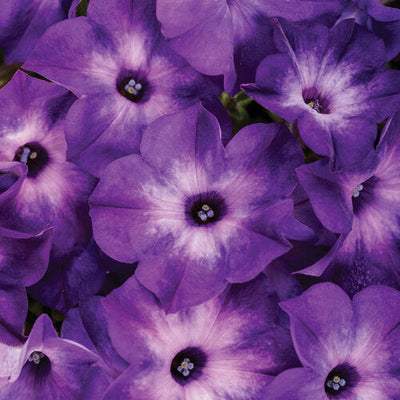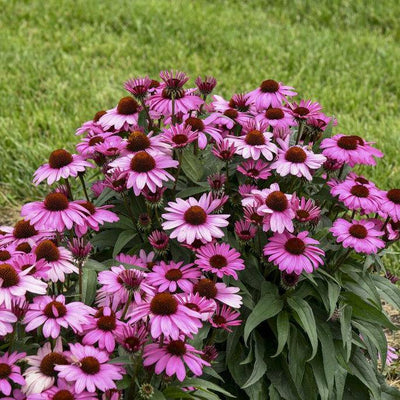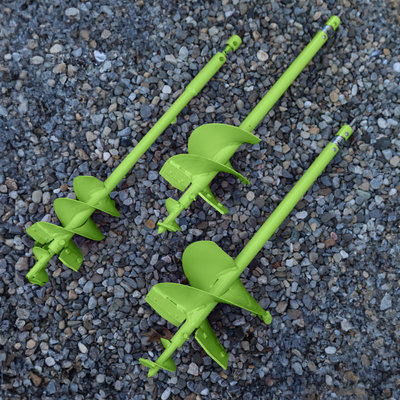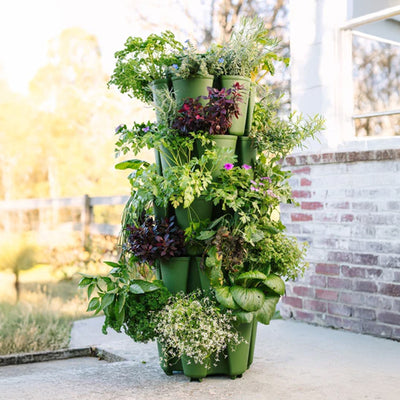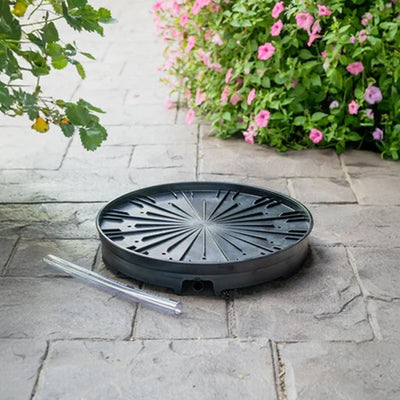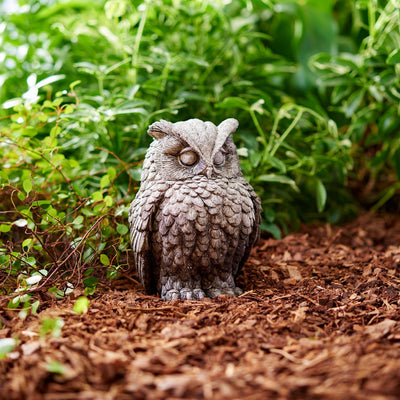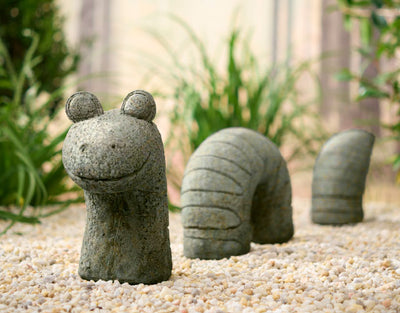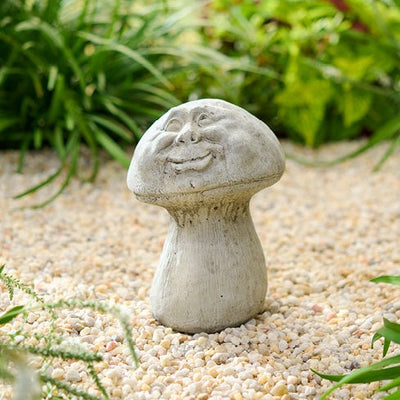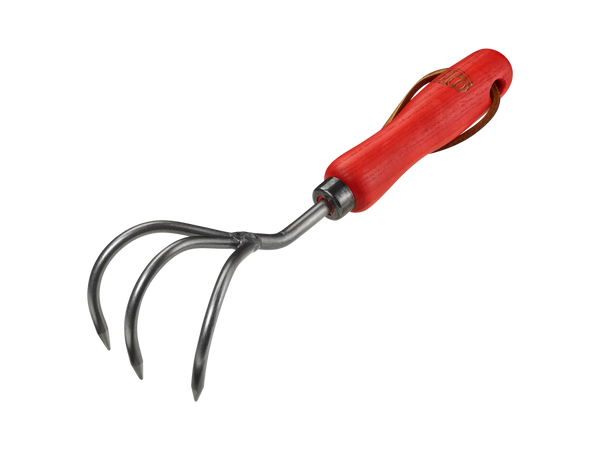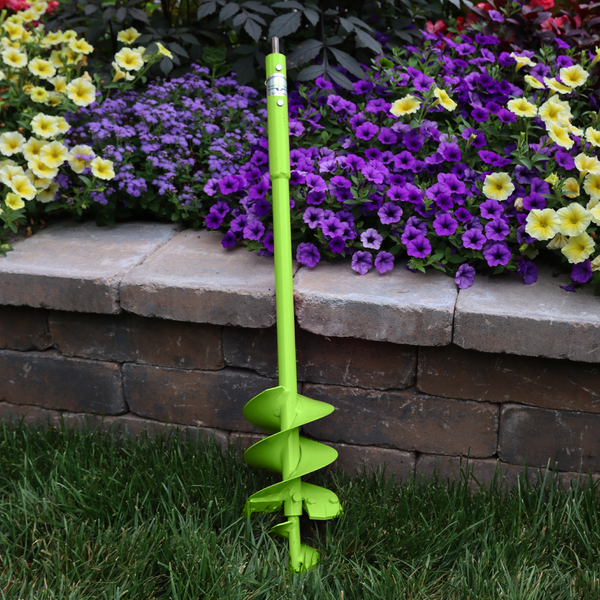Proven Winners is constantly working to refine and improve their offerings for the North American garden and to the nursery industry in using the best in new plant and production materials.

Features
Characteristics
Plant Needs
Hailing from the lush tropics of Indonesia is another exceptional aroid–behold the beauty of Art Deco™ Opulence™. This jewel of a tropical plant features silky smooth, sword-shaped leaves, adorned with opulent silvery patterning. It looks like one of nature's masterpieces! Leaf uppers have varying shades of grayish-green; stems and undersides are a contrasting, regal shade of burgundy, making it clear why this plant is sometimes referred to as "Red Sword". The true luxury of ‘Opulence’, however, lies not just in its artful appearance, but in how easy it is to care for! It can thrive in medium light, with regular moisture and an occasional dose of fertilizer.
During the winter months, all leafjoy® houseplants will ship as the weather permits.
Characteristics
Plant Needs
Hailing from the lush tropics of Indonesia is another exceptional aroid–behold the beauty of Art Deco™ Opulence™. This jewel of a tropical plant features silky smooth, sword-shaped leaves, adorned with opulent silvery patterning. It looks like one of nature's masterpieces! Leaf uppers have varying shades of grayish-green; stems and undersides are a contrasting, regal shade of burgundy, making it clear why this plant is sometimes referred to as "Red Sword". The true luxury of ‘Opulence’, however, lies not just in its artful appearance, but in how easy it is to care for! It can thrive in medium light, with regular moisture and an occasional dose of fertilizer.
During the winter months, all leafjoy® houseplants will ship as the weather permits.
